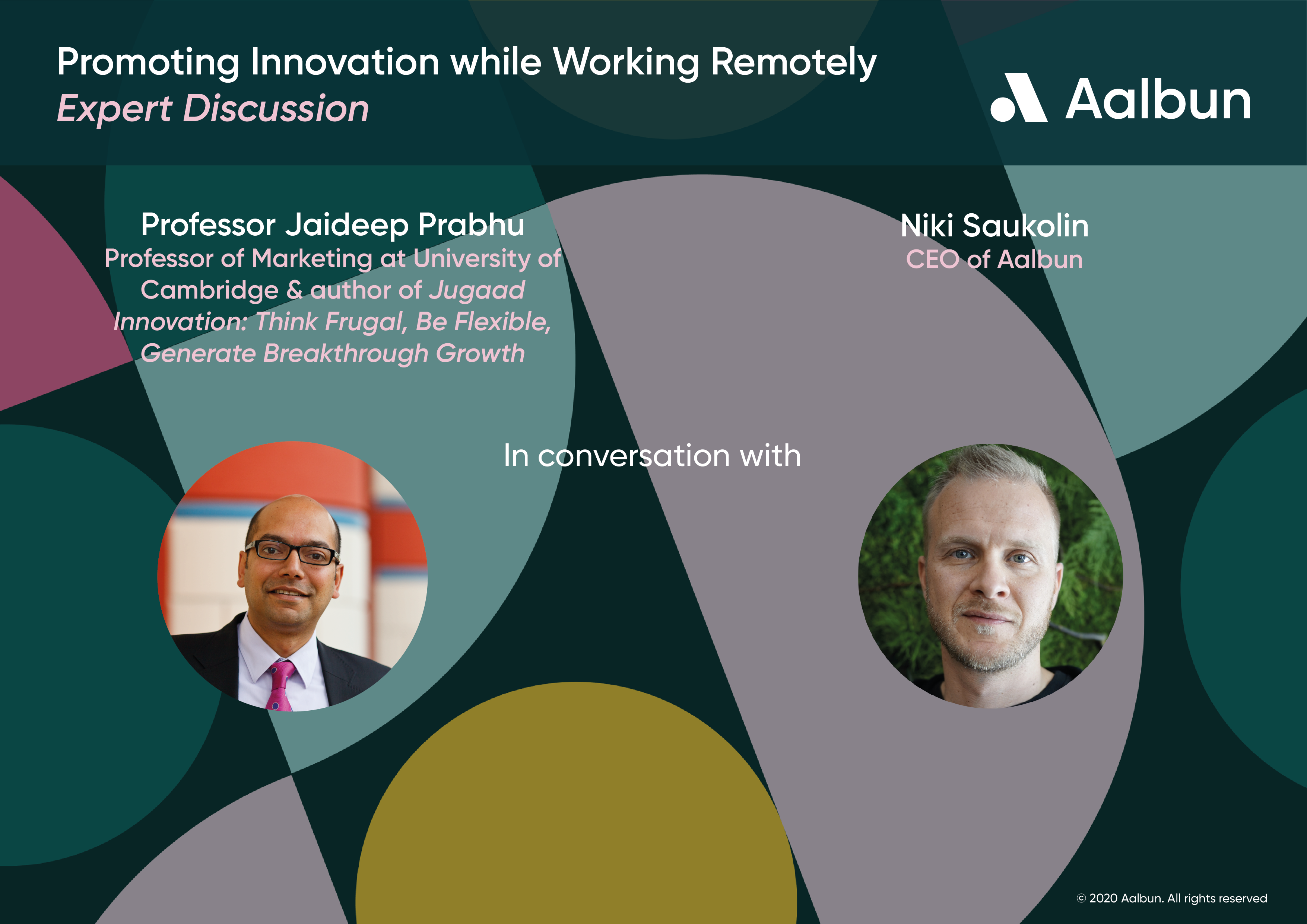5 ways to create or maintain an innovative culture while working remotely
Following the release of Aalbun’s first Expert Discussion — Promoting Innovation while Working Remotely, we wanted to extract five key points that can help you or your company create and maintain an innovative culture.
At Aalbun, we believe that an innovative culture is the most valuable asset a company can have. And in this new world of remote working — one where meetings are conducted online and industry events are a distant memory — there is an obvious threat to maintaining an innovative culture that is typically built on the exchanging of ideas in close proximity; whether that be in the workplace or in a social setting.
In Aalbun’s recent State of Innovation Report, 76% of respondents said they were expecting their companies to innovate more in the upcoming year. So how does this optimism play out when faced with the new reality that most office based roles will be fulfilled at home for the foreseeable future?
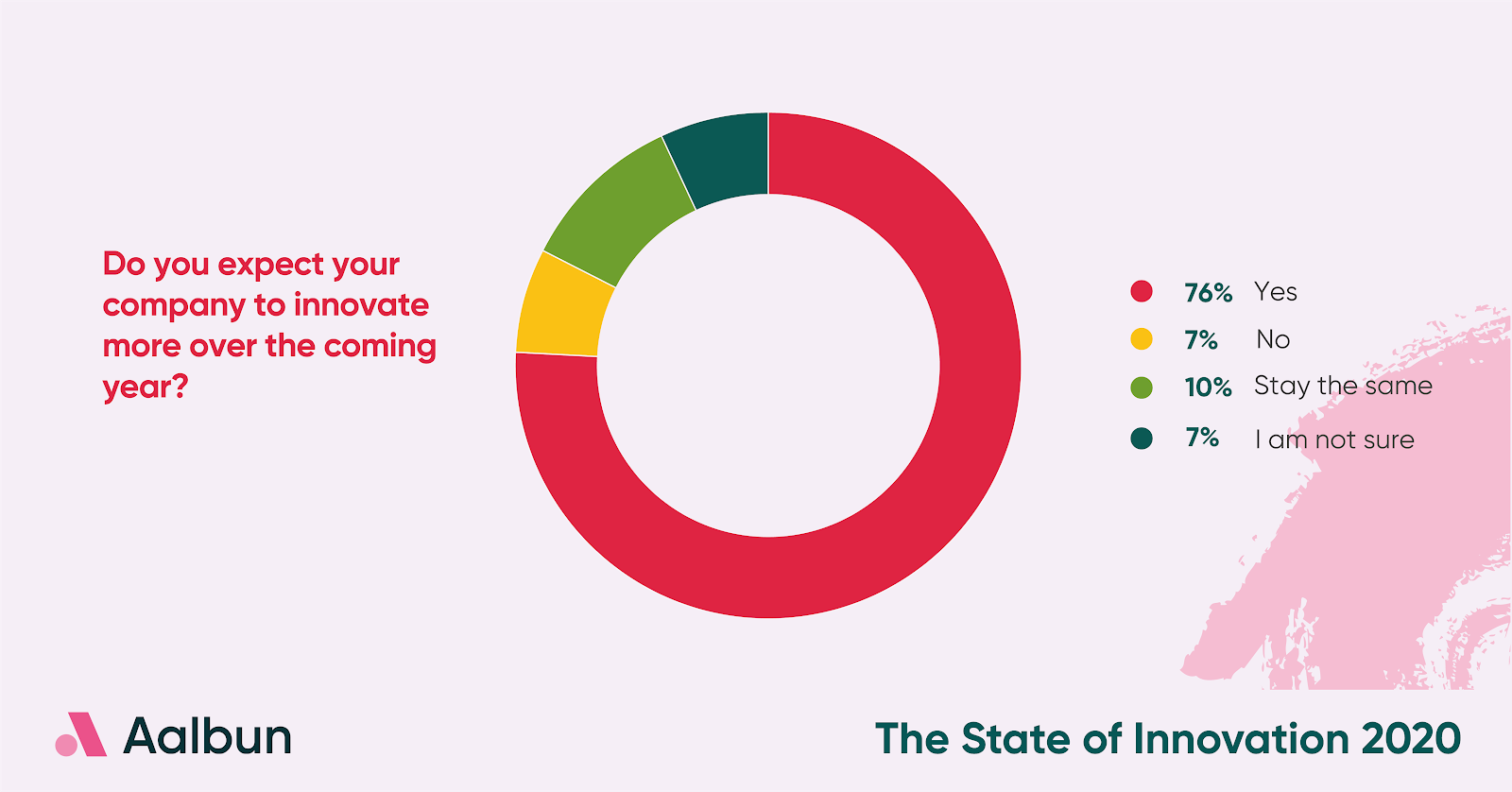
It is this question that prompted us to interview Professor Jaideep Prabhu, Professor of Marketing at University of Cambridge and author of Jugaad Innovation: Think Frugal, Be Flexible, Generate Breakthrough Growth, and to pick his brain to understand what companies can do to adapt to these new realities and whether there are any upsides that remote working presents.
So here are our five best practices that you can apply to create or maintain an innovative culture with your business.
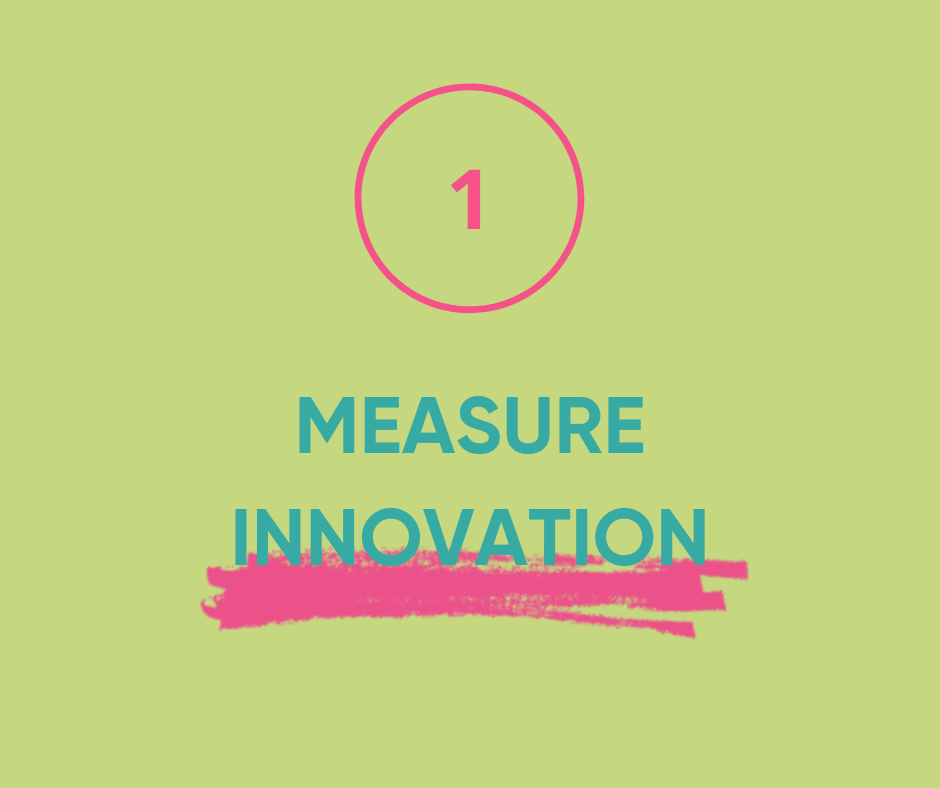
Metrics are crucial to measuring how innovative a company is and they in fact become more important as companies become more successful, because many naturally lose their innovative streak that brought them success.
But how do companies measure innovation? There are simple ways such as measuring how much of your budget is spent on R&D or how many people within your company are dedicated to R&D. Another conventional yardstick is how many patents your company files, how important are they and are they being cited by others.
But perhaps the best way to measure innovation is to capture how many of your ideas, products and services are successfully launched into the marketplace. This then makes it easier to measure the financial impact of your innovations and will determine whether your innovative culture is deemed to be successful or not.

The most obvious downside of remote working, in terms of its impact on innovation, is the lack of spontaneous encounters with colleagues. Office work, for all its downsides, throws up these ‘water cooler’ moments on a daily basis. By ‘water cooler’ moments we mean the casual conversations (sometimes non-work related) between employees that can lead to ideas that are then developed and improved by other people’s ideas.
Remote working can not immediately replicate this. So what can companies do to compensate?
The answer is to build social capital. By this we mean fostering a culture of sharing knowledge across multiple departments and locations. One action to take would be to set up virtual meetings and conferences where people are encouraged to socialise and get to know each other and to bounce ideas off each other.
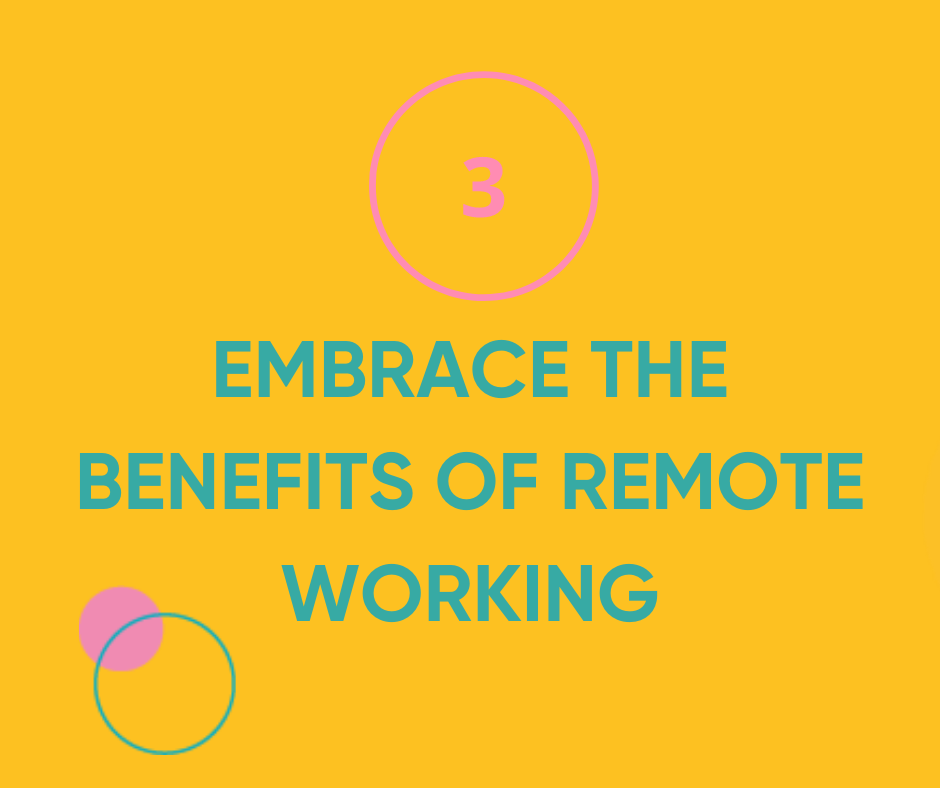
For some companies, remote working is not all bad. There are obvious benefits such as improved employee wellbeing, lower overheads and no commuting.
But arguably the greatest benefit remote working has unlocked is freedom. By that we mean freedom to create, to test and to sometimes fail. In an office environment, there is often a temptation to call meetings because everyone is in close proximity, when sometimes a simple one to one conversation will suffice. Endless meetings are no friend of innovation.
In a Harvard Business Review survey of Senior Managers, 64% said meetings come at the expense of deep thinking. And it’s this lack of reflection time that is squashing the creative process.
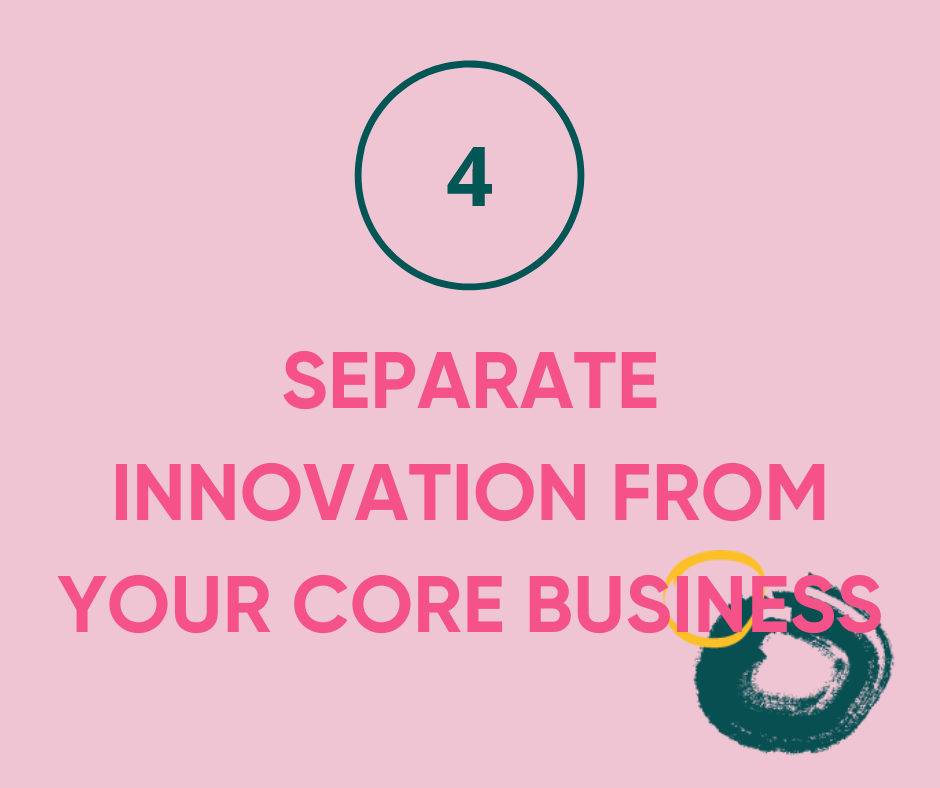
A quick glance at some of the most innovative companies out there — Google, Amazon, SpaceX — shows that they have avoided the complacency that success brings by putting in place structures that promote innovation.
Namely creating a separate unit that can focus solely on innovation. Google is the best example. They split their business into two units. One for their core services (advertising and search engines) and one for their blue-sky products and services. This is an easy way to keep innovation front and centre of a company’s mind.

It’s a well observed trend that as some companies become more successful, their levels of innovation drop off. This is a perfectly natural process as companies find their way and eventually begin developing successful products and services, it’s easy to fall into the trap of an “if it ain’t broke, don’t fix it” mindset.
So how do companies avoid that trap?
The first thing is to always have one eye on the future. This can be done through a well-funded R&D department that is always on the lookout for new ideas, technologies and customers. But the most innovative companies will be the ones where this mindset is encouraged at every level, across every department.
The second thing is to not be afraid of taking your successes and cannibalising them. Only the most innovative cultures are able to achieve this because it relies on having one eye on the future as well as recognising that some of your existing successful products and services will have to be sacrificed at the altar of innovation.
For more insights, visit our website and watch the full discussion here.
